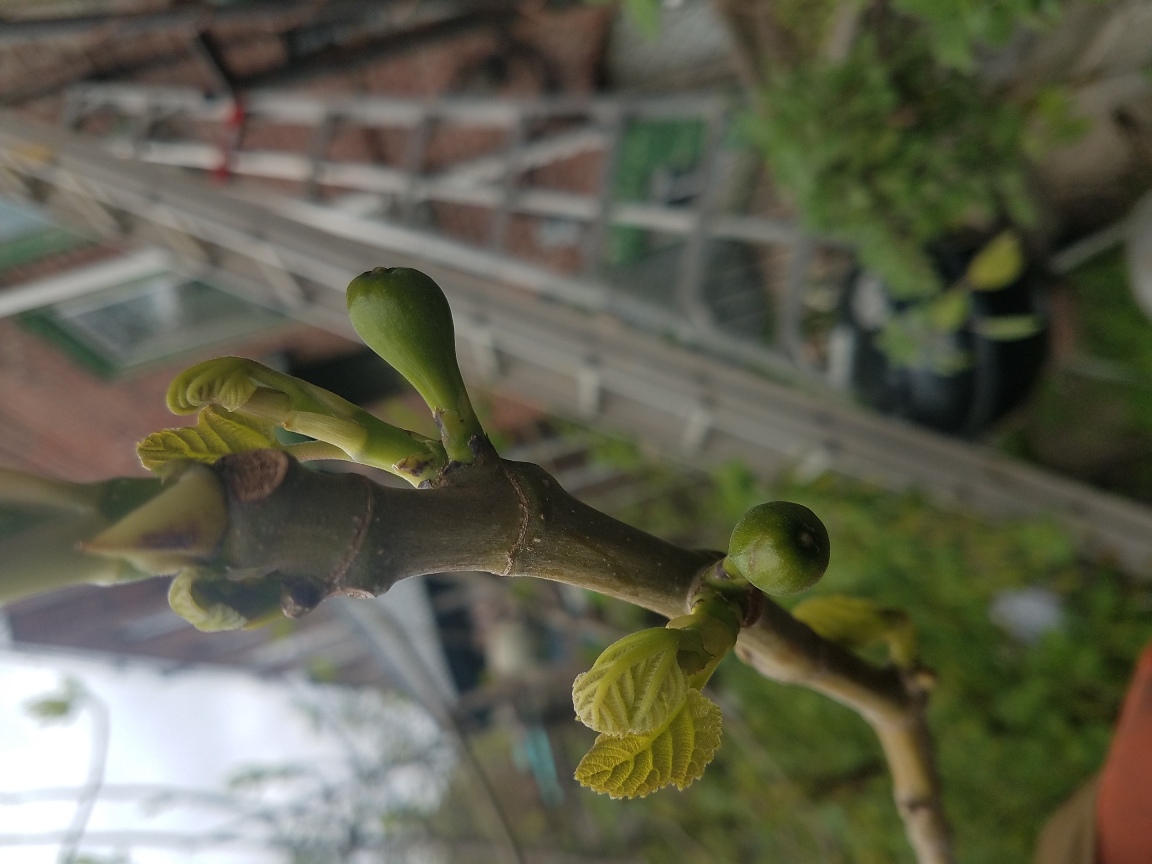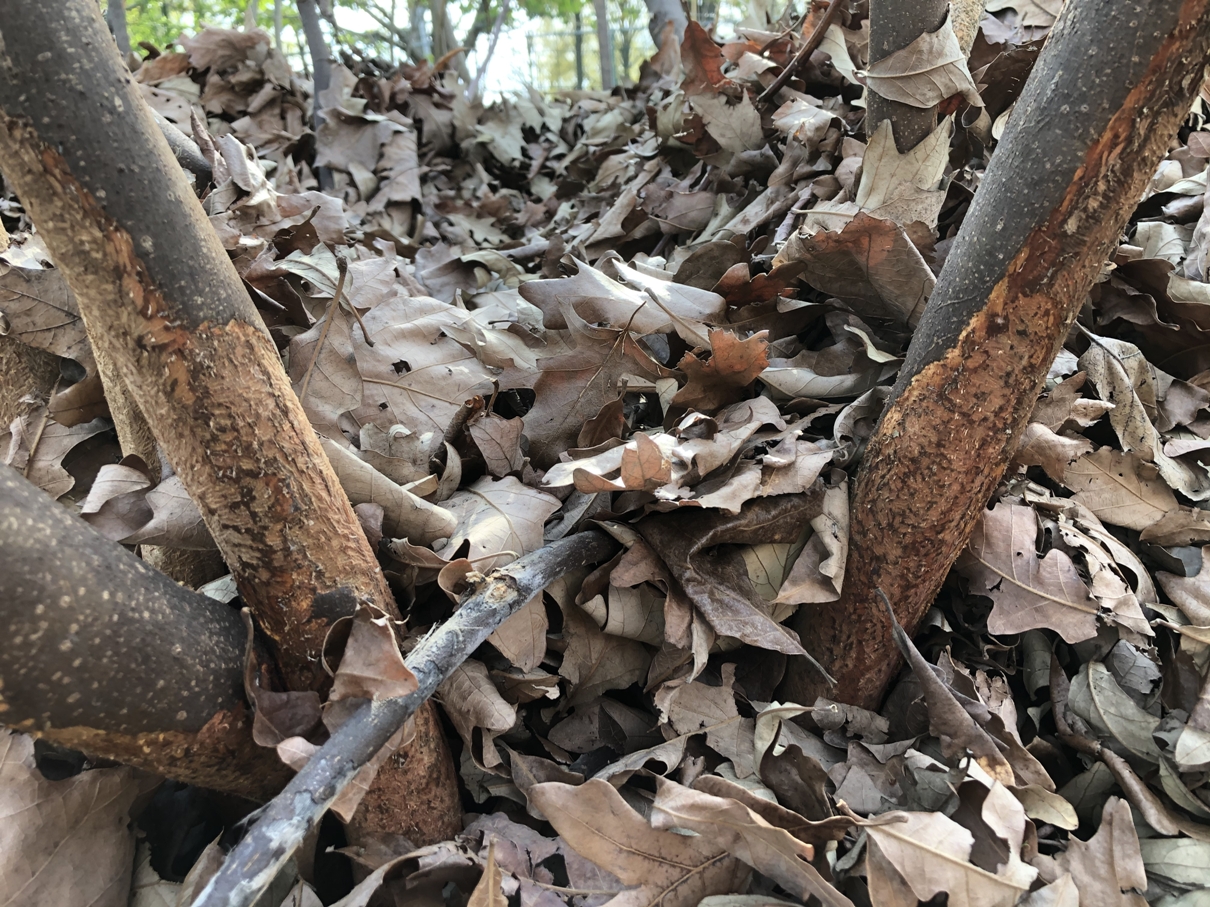POP TIPS: fig damage and breba crop!
10 views
Skip to first unread message
Phil Forsyth
Apr 27, 2021, 11:36:34 AM4/27/21
to ph...@googlegroups.com
Philly Orchardists,


Check your figs for rodent damage and early breba figs! See below for good and bad fig updates:
Breba Crop Figs
Despite all the snow, we didn't get any sever fig-damaging temperatures last winter. As a nice bonus, because of the lack of winter cold damage, many figs are already displaying early Breba figs:

Breba figs only appear after mild winters and usually ripen in July, a month earlier than the main crop. (Photo: POP)
In Philadelphia's climate, the early Brepa crop only appears in years with mild winters and forms on last year's growth, rather than new growth like the main fig crop. Sometimes Breba figs are bigger in size, but their quality really depends on the specific variety. For many growers, this could be a great year for figs!
Fig Rodent Damage Alert
Although there was no winter cold damage this year, this spring we've seen rodent damage at several sites
for the first time. This is most likely from voles or mice chewing the base of the branches/trunk over the winter. The rodent damage looks like this:

Chewing damage from voles or mice near the base of fig trunks/branches.
On branches where they've completely chewed the base (no bark or cambium layer remaining), the damaged branches will need to be pruned out entirely. Branches that are only partially damaged can be kept to see if they will recover.
Good news is that even in the case of severe damage, the fig trees should live and send out new growth from the base. Unfortunately this may compromise production this year, especially on slower maturing figs.
Why did this happen? One likely possibility for why we saw this damage this year and not in the past is the amount of snow we had last winter, which may provide safe cover for rodents to get to the trees. And the protection strategy of leaf insulation provides habitat for them.
How can we prevent this from happening again? Growers outside of the city have said that mothballs deployed at the time of wrapping figs can be effective in preventing this kind of damage. A more eco-friendly option might be using Irish Spring soap in a similar way:
Some quick internet research suggests that there is some disagreement about how well either of these works, but seems like it would be worth trying them out next winter if you saw this kind of damage.
Wishing all a good fig year!
Phil Forsyth, Co-Executive Director
Philadelphia Orchard Project
Pronouns: he/him
"65 community orchards, 1472 fruit trees, and growing!"
Reply all
Reply to author
Forward
0 new messages
